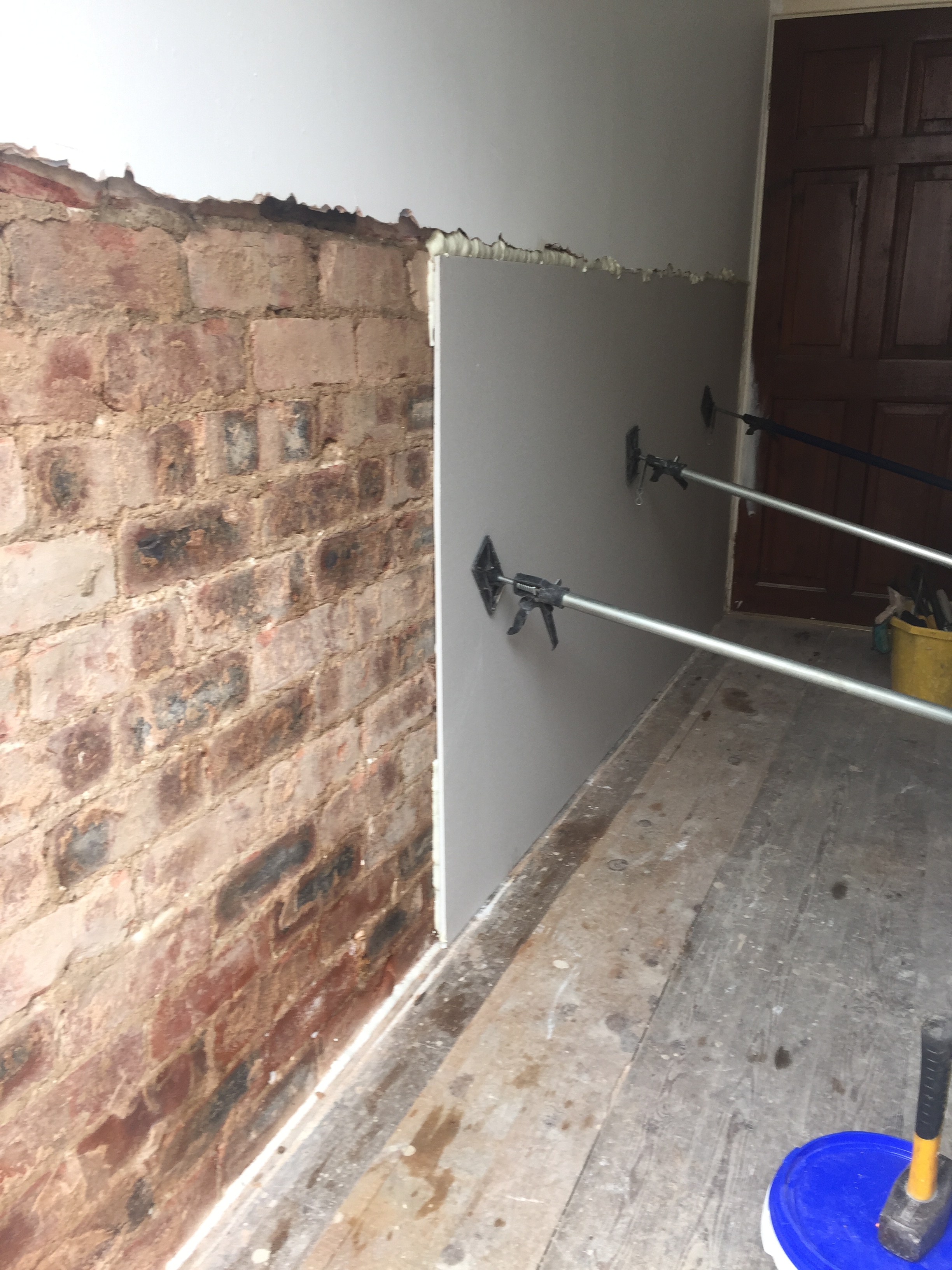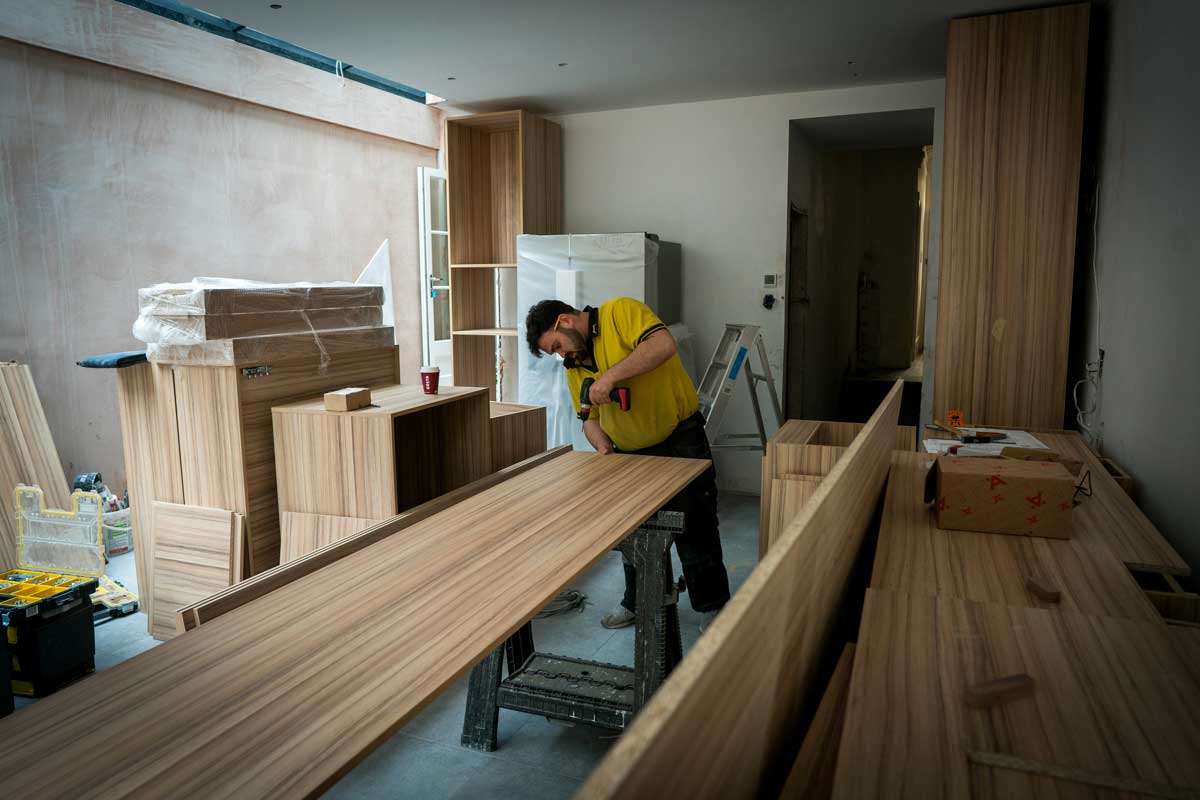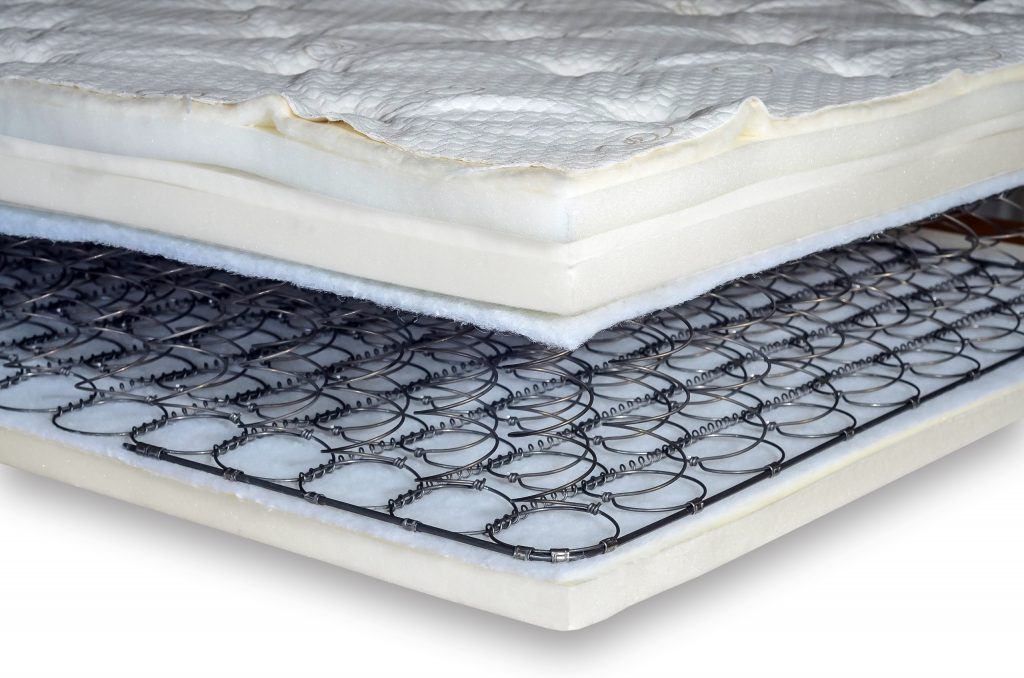Fitting kitchen units to a plasterboard wall may seem like a daunting task, but with the right tools and knowledge, it can be a straightforward process. In this step-by-step guide, we will walk you through the process of fitting kitchen units to a plasterboard wall, including tips and alternative methods.How to Fit Kitchen Units to a Plasterboard Wall
Before beginning the installation process, it's important to have a plan in place. Measure the area where the units will be placed and make sure you have all the necessary units and tools. Here is a step-by-step guide to fitting kitchen units to a plasterboard wall: Step 1: Prepare the wall by removing any existing fixtures or wallpaper. If the wall is uneven, use a filler to smooth it out. Step 2: Find the studs in the wall using a stud finder. Mark the locations of the studs with a pencil. Step 3: Measure and mark the placement of the units on the wall. Use a level to ensure the units will be straight. Step 4: Pre-drill holes into the plasterboard at the marked locations for the units. Use a drill bit that is slightly smaller than the screws you will be using. Step 5: Begin installing the units by attaching them to the wall with screws. Use plasterboard screws for a secure hold. Step 6: Once all units are attached to the wall, secure them to each other using unit connectors or brackets. Step 7: Install the doors and shelves of the units according to the manufacturer's instructions. Step 8: Check the units with a level to ensure they are straight and make any necessary adjustments.Step-by-Step Guide to Fitting Kitchen Units to a Plasterboard Wall
Fitting kitchen units to a plasterboard wall requires attention to detail and precision. Here are some tips to keep in mind: Tip 1: Use a cordless drill for easier installation. Tip 2: To prevent the plasterboard from cracking, use a backer board behind the unit when drilling holes. Tip 3: If the unit is too heavy to hold while attaching it to the wall, use a support bracket to hold it in place. Tip 4: Always double-check the measurements and level of the units before attaching them to the wall.Tips for Fitting Kitchen Units to a Plasterboard Wall
Before beginning the installation process, make sure you have all the necessary tools on hand: • Cordless drill for drilling holes and attaching screws • Stud finder for locating the studs in the wall • Level for ensuring the units are straight • Plasterboard screws for attaching the units to the wall • Backer board for preventing cracks in the plasterboard • Support bracket for holding heavy units in placeTools Needed for Fitting Kitchen Units to a Plasterboard Wall
While fitting kitchen units to a plasterboard wall may seem straightforward, there are some common mistakes that can easily be avoided: Mistake 1: Not properly measuring and leveling the units, resulting in uneven and crooked units. Mistake 2: Not using the correct screws for attaching the units to the plasterboard, resulting in a weak hold. Mistake 3: Forgetting to use a backer board, causing the plasterboard to crack when drilling holes. Mistake 4: Not checking for studs and accidentally drilling into them, causing damage to the wall and weakening the hold of the units.Common Mistakes When Fitting Kitchen Units to a Plasterboard Wall
Before fitting kitchen units to a plasterboard wall, it's important to prepare the wall properly. Here are some steps to follow: Step 1: Remove any existing fixtures or wallpaper from the wall. Step 2: Use a filler to smooth out any uneven areas on the wall. Step 3: Use a primer on the wall to create a smooth and even surface for the units to adhere to.How to Prepare a Plasterboard Wall for Fitting Kitchen Units
Using the correct screws is crucial for a secure hold when fitting kitchen units to a plasterboard wall. Here are some factors to consider when choosing screws: • Length: Make sure the screws are long enough to go through the unit and into the plasterboard, but not too long that they go through the wall. • Type: Use plasterboard screws or drywall screws for a secure hold on the plasterboard. • Gauge: The gauge of the screw should be appropriate for the weight of the unit being attached.Choosing the Right Screws for Fitting Kitchen Units to a Plasterboard Wall
Finding studs in a plasterboard wall is essential for a secure hold when fitting kitchen units. Here are some methods for finding studs: Method 1: Use a stud finder to locate the studs in the wall. This is the most accurate method and will save you time and effort. Method 2: Tap the wall with your knuckles and listen for a solid sound, indicating a stud. This method is less reliable and can be time-consuming.How to Find Studs in a Plasterboard Wall for Fitting Kitchen Units
If the traditional method of fitting kitchen units to a plasterboard wall does not work for your situation, there are alternative methods to consider: Method 1: Use adhesive to attach the units to the wall. This method is best for lightweight units and requires a strong adhesive. Method 2: Use toggle bolts to attach the units to the wall. This method is best for heavy units but may require drilling larger holes in the plasterboard.Alternative Methods for Fitting Kitchen Units to a Plasterboard Wall
The cost and timeframe for fitting kitchen units to a plasterboard wall will vary depending on the size and complexity of the project. It's best to consult with a professional for an accurate estimate. Costs: The cost of materials and tools, as well as any professional labor if needed. Timeframe: The timeframe for fitting kitchen units to a plasterboard wall will depend on the size and complexity of the project, as well as your level of experience. It's best to allow at least a full day for the installation process. With this step-by-step guide and helpful tips, fitting kitchen units to a plasterboard wall should be a smooth and successful process. Remember to always measure carefully, use the correct tools and screws, and take your time to ensure a secure and professional finish. Good luck!Costs and Timeframe for Fitting Kitchen Units to a Plasterboard Wall
Fitting Kitchen Units to Plasterboard Wall: Tips and Tricks
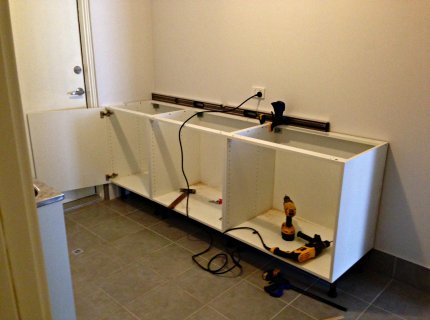
Preparing the Wall
 When it comes to designing a functional and beautiful kitchen, one of the most important steps is fitting kitchen units to plasterboard walls. Plasterboard walls, also known as drywall, are becoming increasingly popular in modern homes due to their cost-effectiveness and ease of installation. However, unlike solid walls, plasterboard walls require special considerations when it comes to attaching heavy kitchen units. To ensure a secure and long-lasting fit, it is crucial to properly prepare the wall before installing the units.
Before starting the installation process, make sure to:
When it comes to designing a functional and beautiful kitchen, one of the most important steps is fitting kitchen units to plasterboard walls. Plasterboard walls, also known as drywall, are becoming increasingly popular in modern homes due to their cost-effectiveness and ease of installation. However, unlike solid walls, plasterboard walls require special considerations when it comes to attaching heavy kitchen units. To ensure a secure and long-lasting fit, it is crucial to properly prepare the wall before installing the units.
Before starting the installation process, make sure to:
- Clean the wall surface to remove any dirt or debris.
- Identify any electrical or plumbing fixtures that may be hidden behind the wall.
- Check for any signs of damage or unevenness on the wall surface.
Choosing the Right Fixings
- Make sure they are suitable for the weight and size of your kitchen units.
- Ensure they are long enough to reach the wall's internal structure for maximum support.
- Avoid using nails as they can easily pull out of the plasterboard.
Installing the Kitchen Units
 Once the wall is properly prepared and the right fixings are chosen, it's time to start installing the kitchen units. Begin by marking the position of the units on the wall using a spirit level to ensure they are straight.
Use a drill to make holes for the fixings and insert them into the wall.
Then, carefully lift the units and line them up with the fixings before securing them in place.
Helpful tips:
Once the wall is properly prepared and the right fixings are chosen, it's time to start installing the kitchen units. Begin by marking the position of the units on the wall using a spirit level to ensure they are straight.
Use a drill to make holes for the fixings and insert them into the wall.
Then, carefully lift the units and line them up with the fixings before securing them in place.
Helpful tips:
- Always have someone assist you when lifting and installing heavy units.
- Double check the units are level before securing them in place.
- Use a suitable adhesive to further secure the units to the wall.
Conclusion
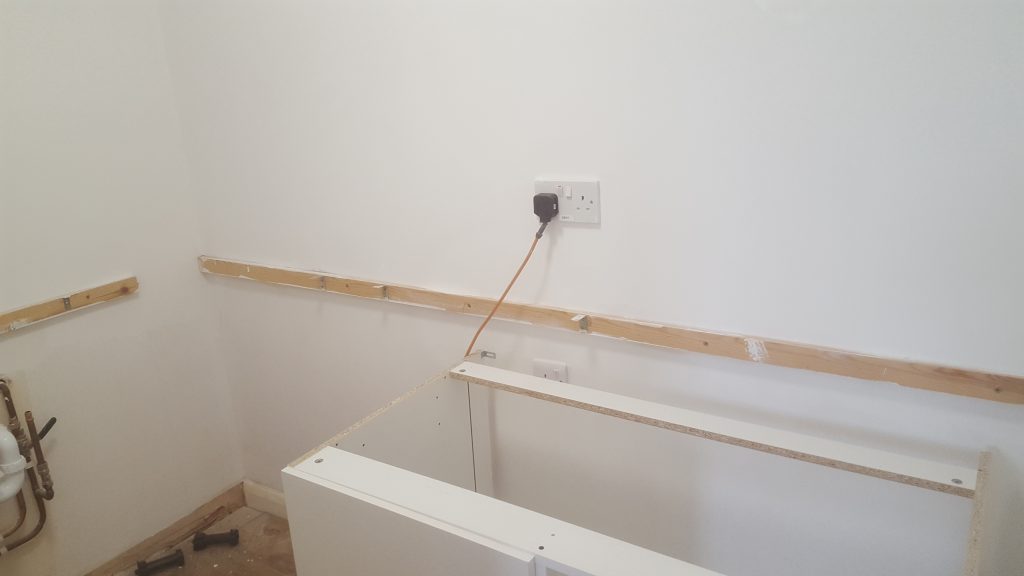 Fitting kitchen units to plasterboard walls may seem like a daunting task, but with the right preparation and techniques, it can be done successfully. By following these tips and tricks, you can ensure a strong and secure fit for your kitchen units, creating a functional and stylish space in your home. Remember to always take your time and be cautious when working with plasterboard walls to avoid any damage or accidents. Happy designing!
Fitting kitchen units to plasterboard walls may seem like a daunting task, but with the right preparation and techniques, it can be done successfully. By following these tips and tricks, you can ensure a strong and secure fit for your kitchen units, creating a functional and stylish space in your home. Remember to always take your time and be cautious when working with plasterboard walls to avoid any damage or accidents. Happy designing!
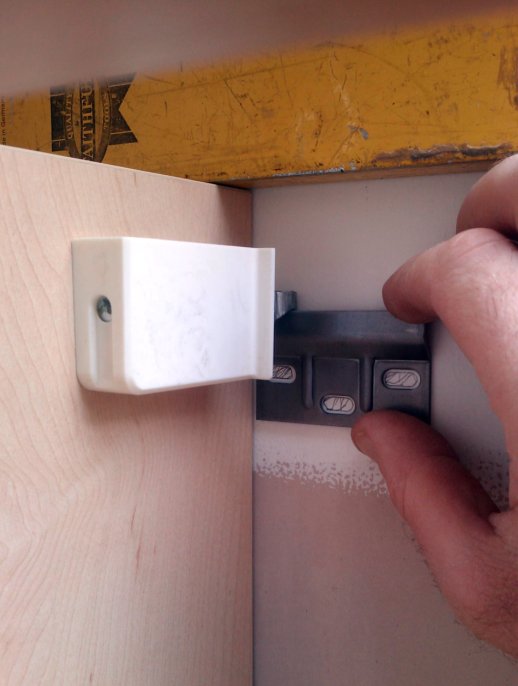



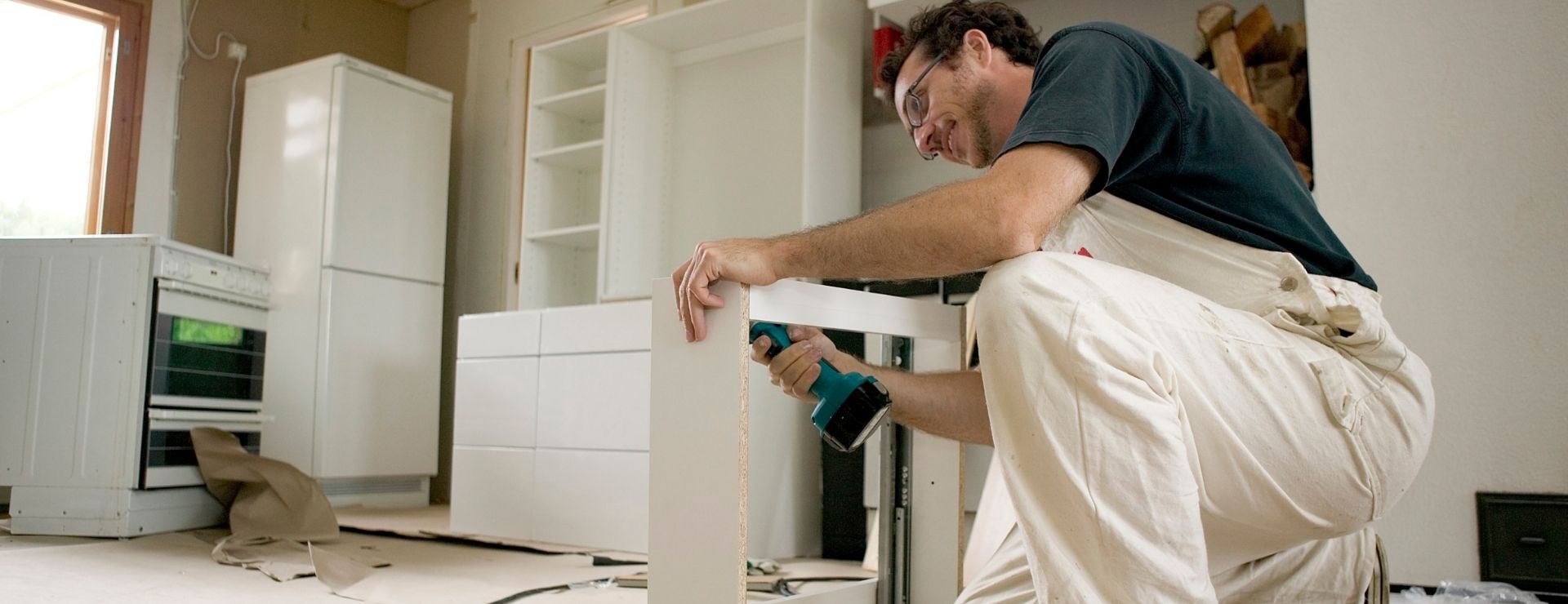










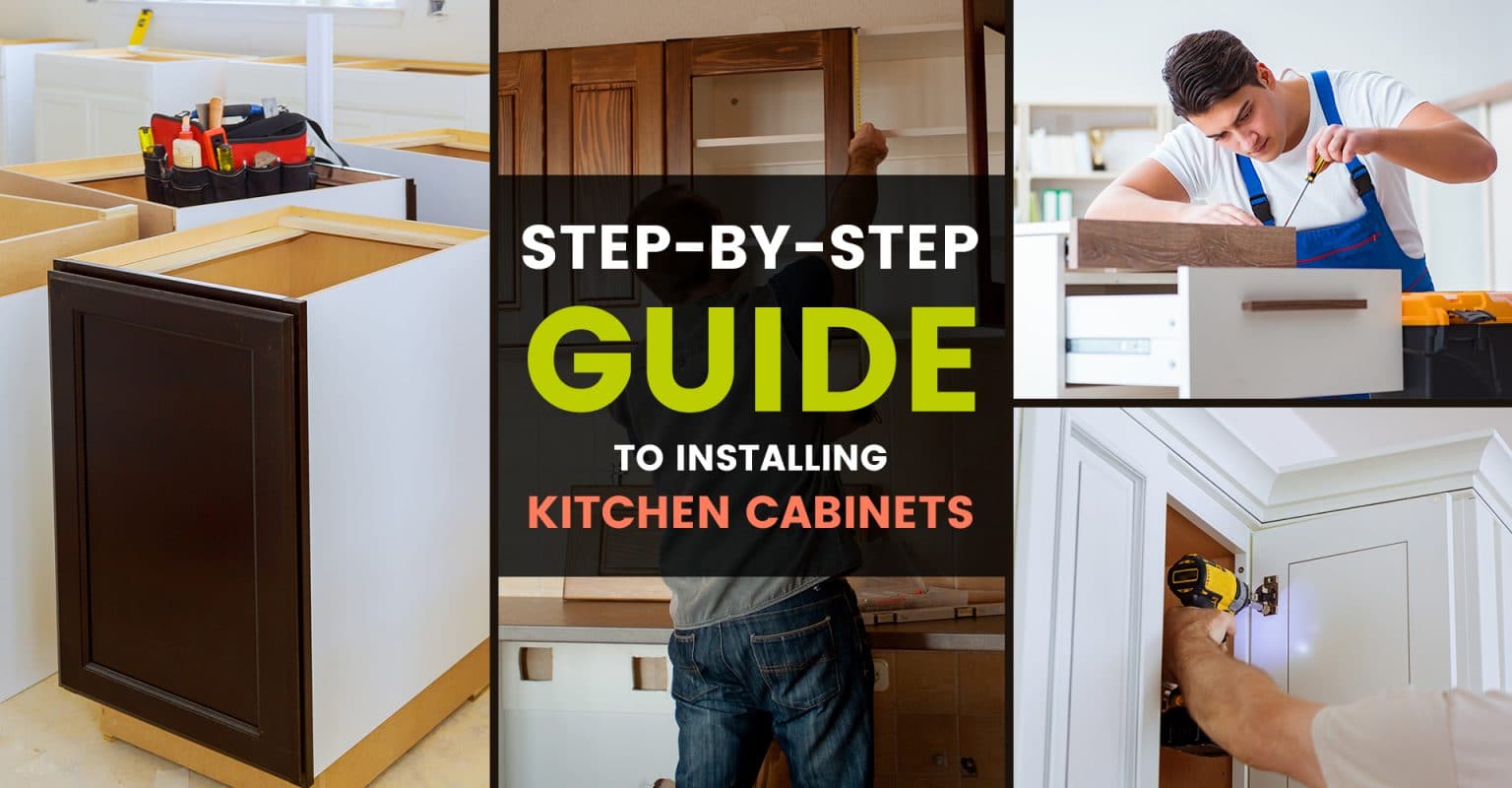
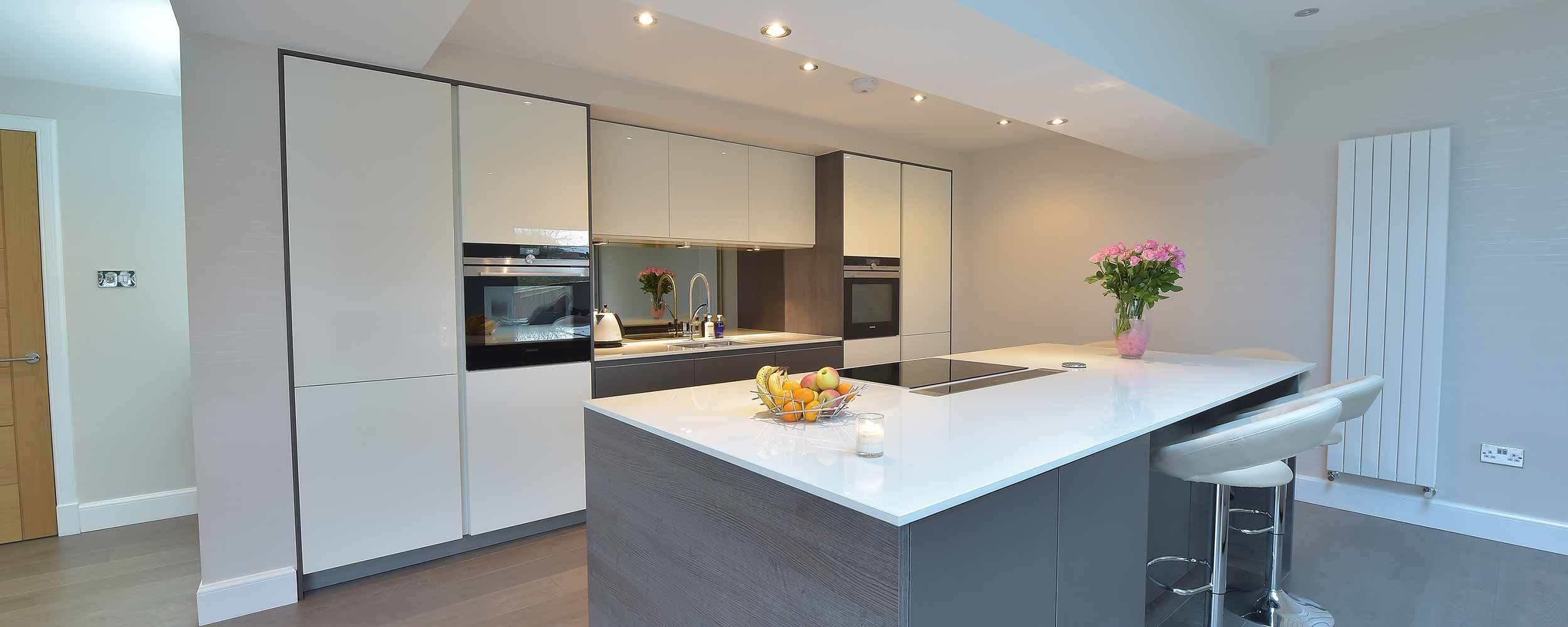









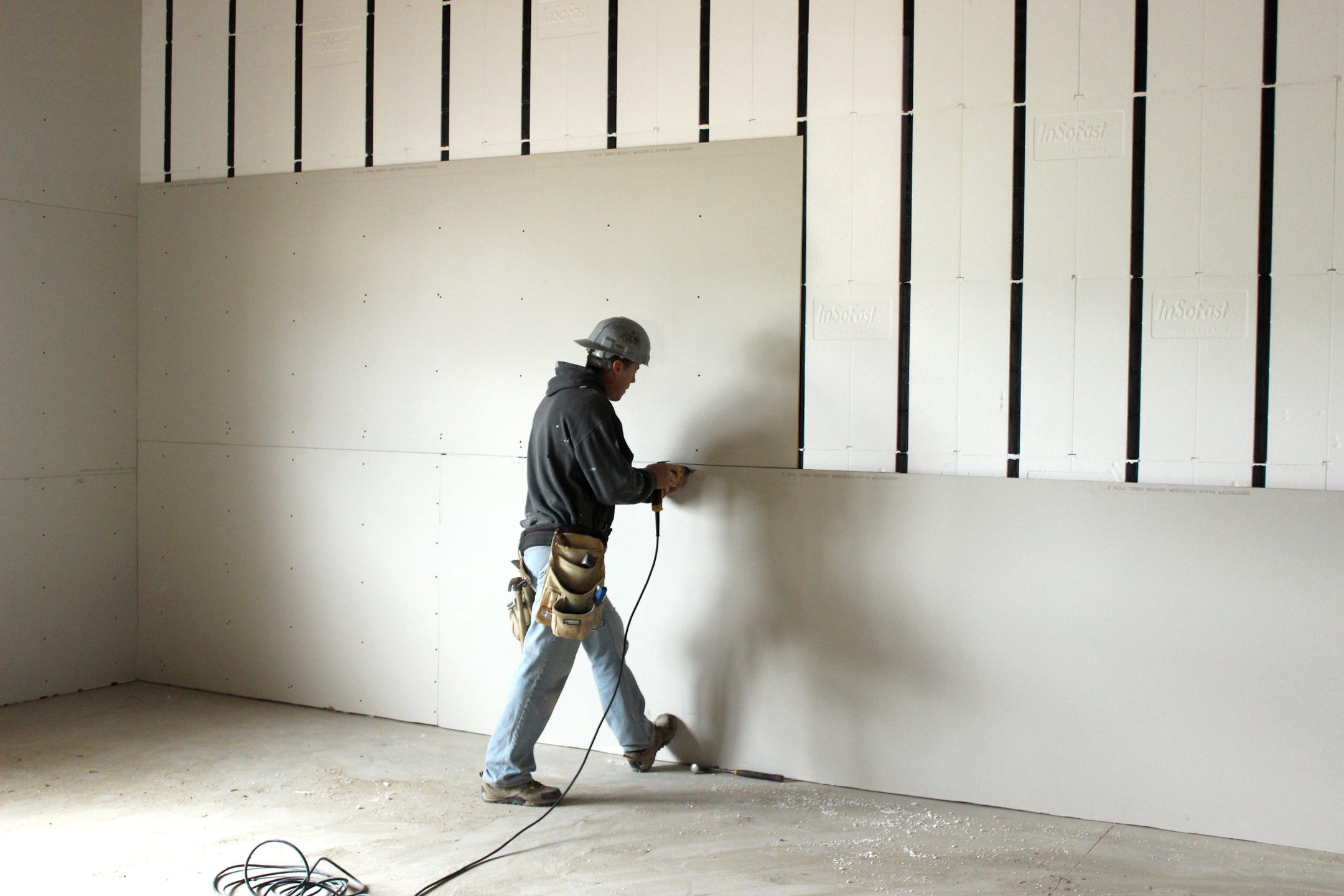






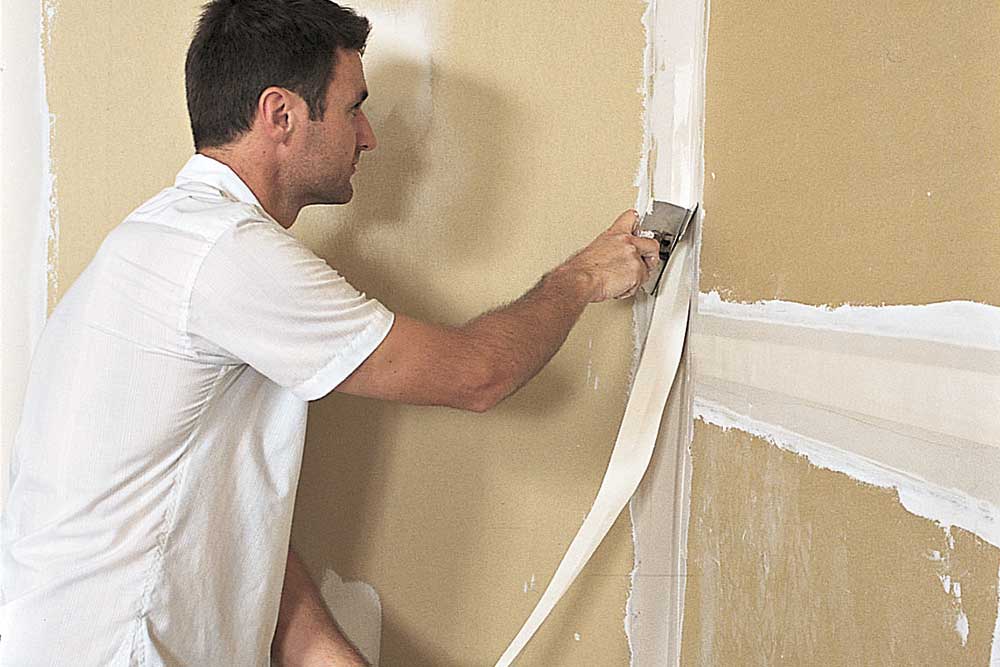








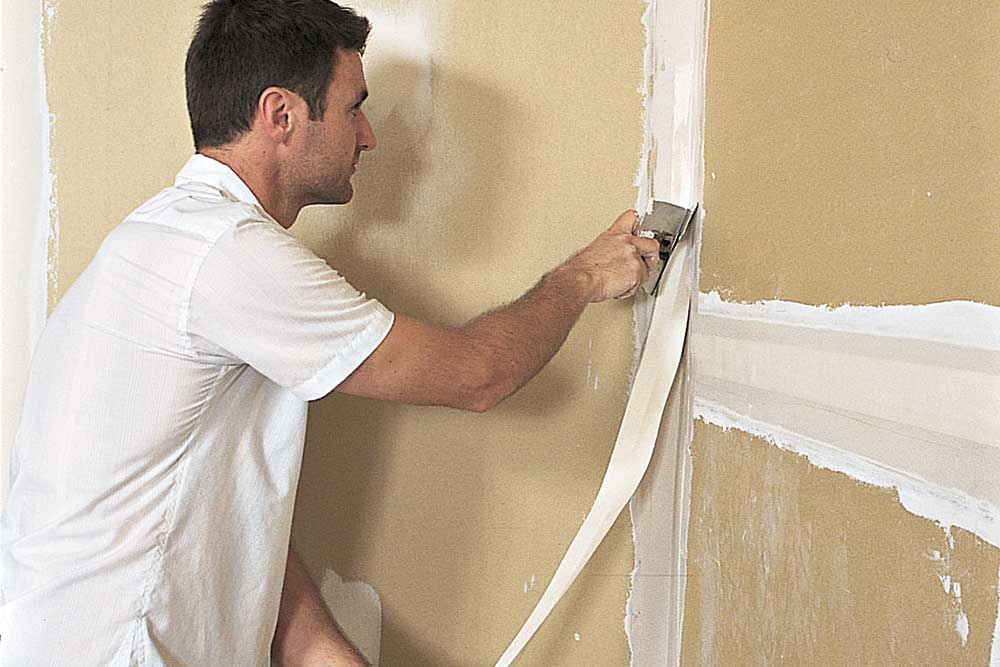






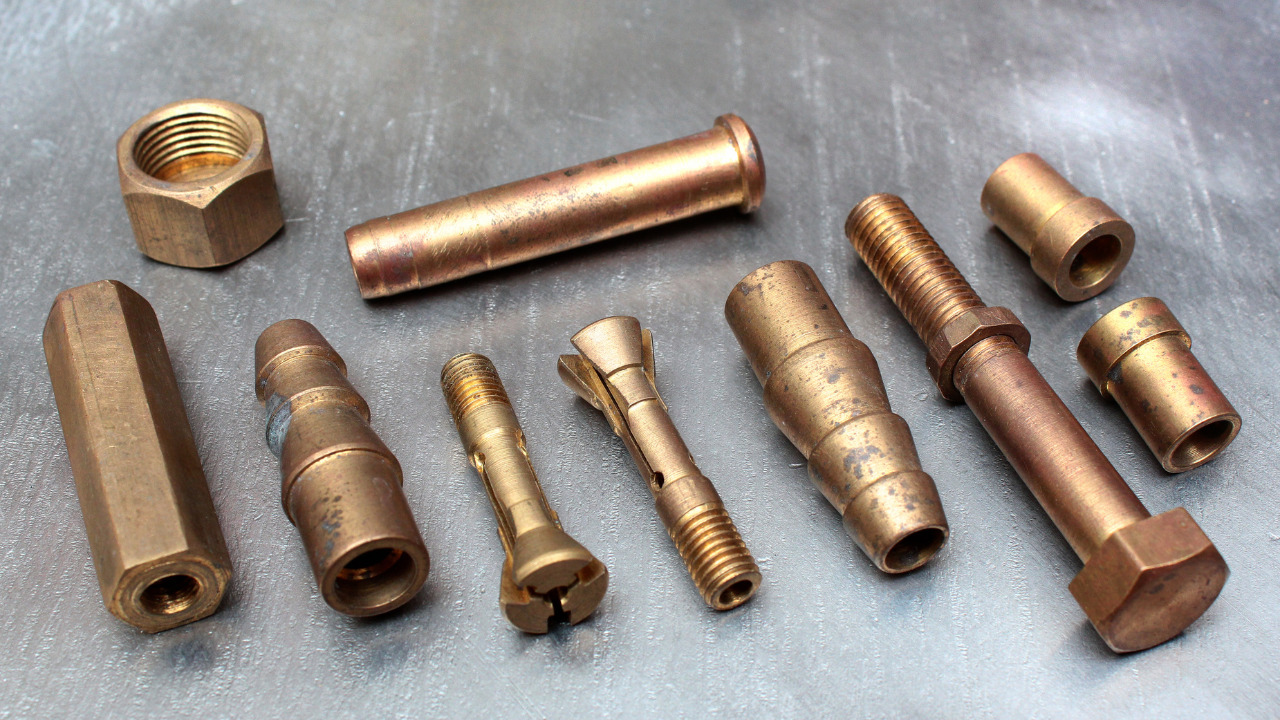




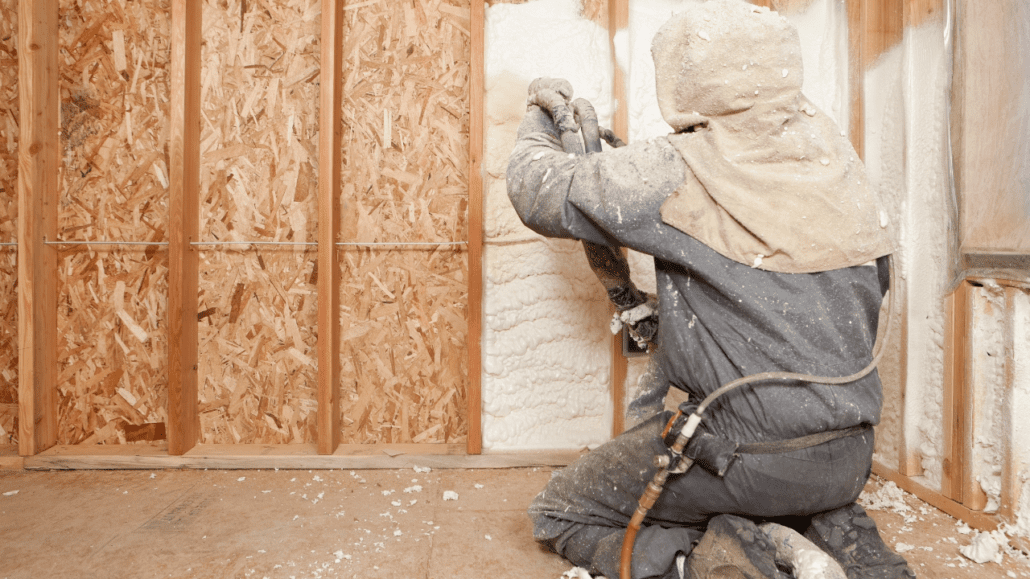
/drywall-framing-guide-1821976-hero-4e68b24388d44969ae6c85e5e1bda1f7.jpg)
/ExposedWallStuds-a63fcebbc3414a23918706ee2b45cc72.jpg)



